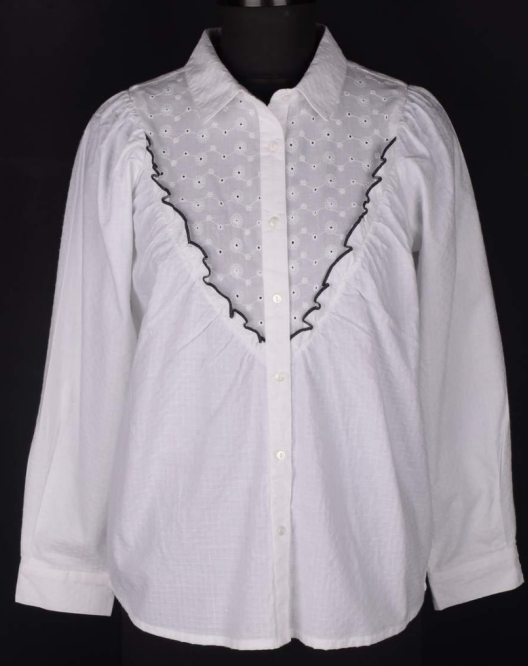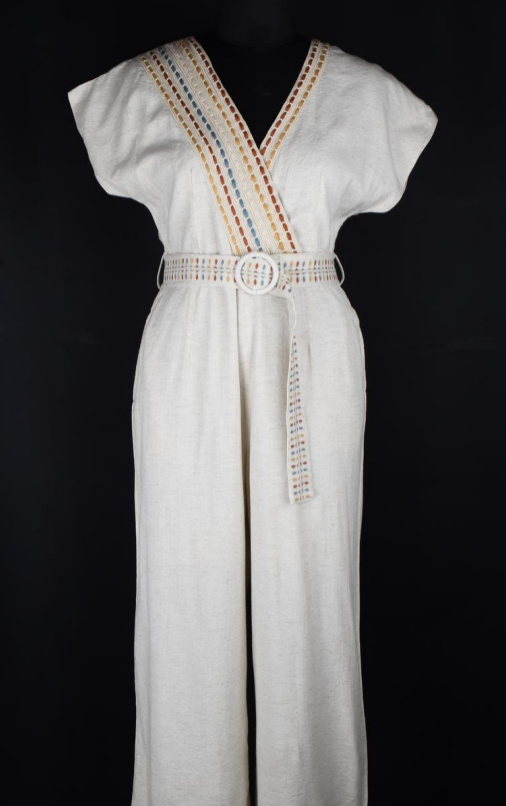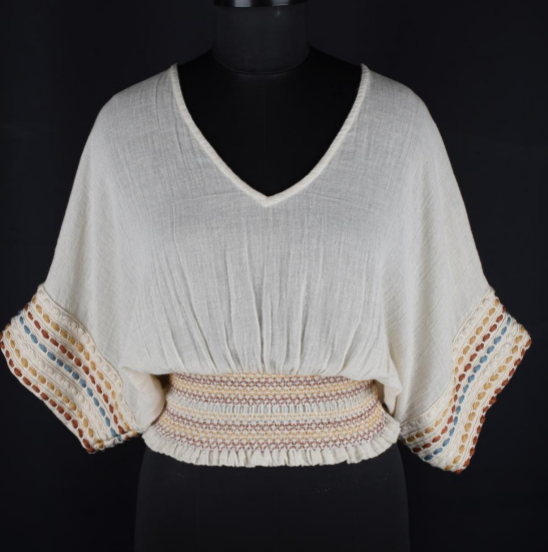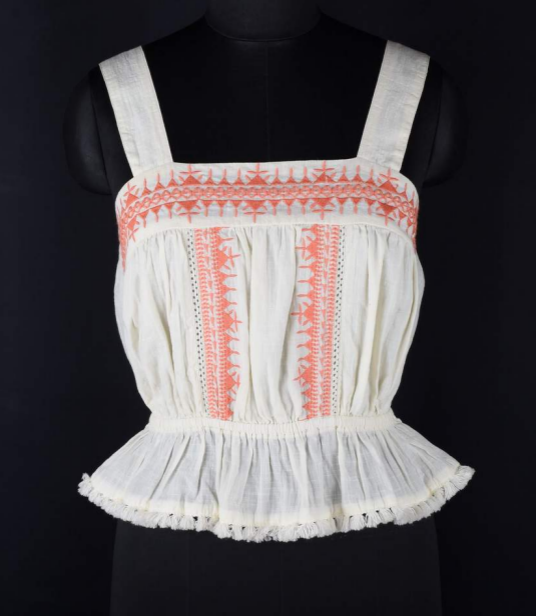What Is Fabric Relaxation And Why Is It Important
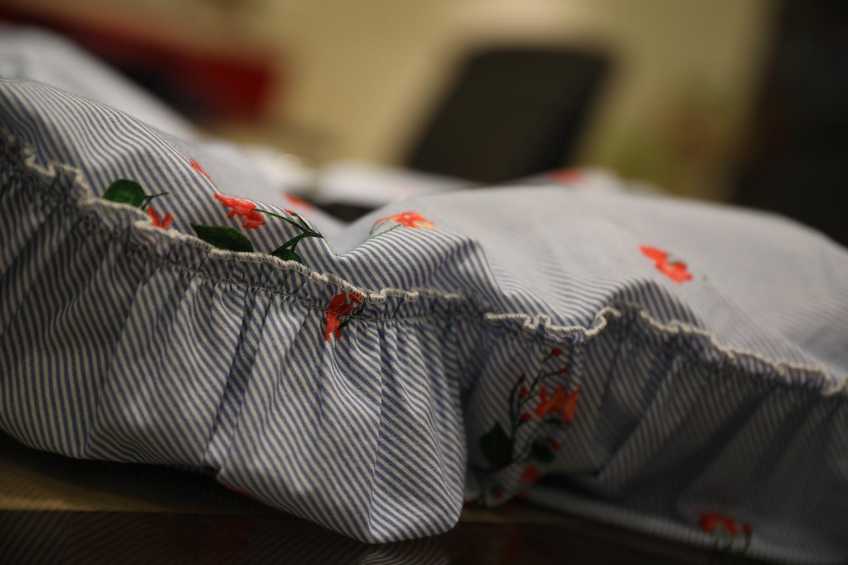
Before the garments are cut out from the raw material and stitched to manufacture the end products, several pre-treatment methods need to be performed. These are done to maintain the fabric’s yield in making the garments and hold the quality at top levels. For instance, dyed fabric pieces are often left soaked in water to ensure all the excess color gets washed away. This way, the final garments produced would never release any color during the wash. Similarly, most fabrics that tend to shrink upon exposure to moisture go through a pre-shrinking phase so as to allow professionals to get the apparel measurements correct.
Fabric relaxation is one such pre-manufacturing treatment process that releases the tension from the threads formed while preparing the rolls for transportation. It is a crucial step in cloth manufacturing and needs to be done for all types of fabrics, from pure cotton to silk and wool. But if you do not include it in your manufacturing process, there might be several consequences later on, which will not only impact your brand reputation but also affect the product quality. So, below, we have illustrated a couple of benefits of fabric relaxation in the manufacturing process.
Fabric relaxation: A brief introduction to the process
Usually, the fabrics are formed into colossal rolls after the weaving and knitting processes are completed. It is to reduce the space occupancy and make it easier to ship. A lot of force is applied to the fabric while forming the rolls, which is why tension develops in the threads. If it is straightaway used in manufacturing the garments, the measurements won’t be correct. That’s why manufacturers unroll the fabric and allow it to rest properly for a significant amount of time. It reduces the tension force developed in the threads and loosens up the entire fabric for further steps involved with garment manufacturing.
Benefits of fabric relaxation in the garment manufacturing process
Now that we have explained what transpires during the fabric relaxation process, let’s have a quick look at the benefits that you can harbor.
Accurate garment measurements and cutting
The key to a successful garment manufacturing project is optimal accuracy and precision in cutting and measurements taken in the pre-treatment phase. Designers make sure to use as precise metrics as possible for all the dimensions, including length, breadth, curve angles, and many more. It can only be done if the fabric is relaxed enough after unrolling the same and obliterating the developed tension force in the threads. Taking accurate dimensions is possible once the fabric loosens itself after being subjected to relaxation for 24 to 48 hours, especially for stretchable fabrics like denim.
Reduced distortion and shrinkage
One of the primary benefits of conducting fabric relaxation is a significant reduction in shrinkage and distortion. For instance, if the fabric needs to be submerged in water for a couple of hours or exposed to high heat and mechanical stress, it won’t suffer from any damage. In other words, there won’t be any shrinkage or shape distortion, and the fabric can be easily used to manufacture the apparel as initially planned.
Well-fitting products
Garments made with relaxed fabric are likely to have the perfect fit according to the size measurement standards. That’s primarily because it won’t shrink or stretch further despite being exposed to extreme temperature changes or mechanical force. Most top-notch garment manufacturers use this relaxation technique to ensure the fabric can attain its true size and then use the same for final product manufacturing. Hence, the apparels have a perfect fitting, without any looseness or tightness at any part.
Conclusion
Now that we have talked about what transpires during the fabric relaxation process and explained its three major benefits, it’s your call whether or not to consider it for manufacturing the apparel. Several reputable garment manufacturing companies, like CheerSagar, have achieved optimal product quality and fit through this procedure. So, you can definitely include this in your next project plan and unravel its wonders.
Related Blog
Should You Consider Comfort Or Style When Choosing Women’s Nightwear? Find Out Here!
Choosing the right nightwear can make a big difference in helping you sleep. However, there are two things you...
Wholesale Women’s Wear Must-Haves For The Coming Season
If you have not had a great year so far, the next season can be the change you need. However,...
How The Lifestyle, Location & Climate Shape Regional Style Trends Across The U.S.
Style trends in the U.S. have always been as diverse as the country itself. Just as there are sun-soaked beaches,...

